Chemical formula: HCl
Chemical name: Hydrochloric acid, Muriatic acid
Origin: NBT Chemical
Density: 1.15 kg/liter
Specifications: Can/drum/tank/tank truck
What is Hydrochloric Acid?
Hydrochloric acid (or hydrochloric acid, muriatic acid) is a strong inorganic acid, resulting from the dissolution of hydrogen chloride gas (HCl) in water.
The most concentrated hydrochloric acid has a maximum concentration of 40%. In its concentrated form, hydrochloric acid can form acid mists, which are corrosive to human tissues, causing damage to the respiratory system, eyes, skin, and intestines. In its diluted form, hydrochloric acid is also used as a cleaning agent, household cleaner, in the production of gelatin and food additives, in rust removal, and in leather treatment. Azeotropic hydrochloric acid (approximately 20.2%) can be used as a primary standard in quantitative analysis.
Properties of Hydrochloric Acid
Physical properties:
Under normal conditions (standard temperature and pressure, illumination), 35% HCl is usually observed as a colorless, transparent or pale yellow (due to mixed compounds), fuming, slightly viscous liquid, heavier than water, and refracting light more than water.
Chemical properties:
Like other acids, 35% HCl can react with:
- Metals: Release hydrogen gas and form chloride salts (except metals below hydrogen in the chemical activity range such as Cu, Hg, Ag, Pt, Au).
FE + 2HCL → FECL2+ H2 - Basic oxides: Form chloride salts and water.
ZNO + 2HCL → ZNCL2 + H2O - Base: Forms chloride salt and water.
NAOH + HCL → NACL + H2O - Salt: reacts with salts with weaker anion radicals to form new salts and new acids.
CACO3 + 2HCL → CACL2 + CO2 + H2O - In addition, in some acid reactions, HCl also exhibits reducing properties by reducing some compounds such as KMnO4 (concentrated), MnO2, KClO3 to release chlorine gas. 2KMNO4 (CONCENTRATED) + 16HCL → 2KCL + 2MNCL2 + 5CL2 + 8 H2OMNO2 + 4HCL → MNCL2 + CL2 + 2H2O
Applications of Hydrochloric Acid
– Hydrochloric acid HCl 35% is used in industries: Iron and steel, electroplating workshops, chitin production, metallurgy workshops, electric welding workshops, rubber production, food processing industries (sugar factories, MSG, soy sauce), water treatment plants and chemical industries, power plants, mining industries
– Washing glass bottles
– Leather tanning, dyeing, electroplating, organic synthesis industry.
– Pure type used for food processing
Storage of Hydrochloric Acid:
– Store acid in a cool, dry place protected from rain and sun. Measures must be taken to avoid the risk of acid spillage or leakage.
– Warehouse floor must be made of acid-resistant material.
– Absolutely do not store together with flammable substances, oxidizing substances (especially Nitric Acid HNO3 and Chlorate compounds). Do not let acid come into contact with metals.
– Do not stack acid containers on top of each other during storage.
– Shelf life: Not specified
Regulations when using Hydrochloric Acid:
– When in contact with Hydrochloric Acid, you must wear full protective gear: Boots, rubber gloves, mask or gas mask, goggles, etc.
– Use water to rinse off any spilled Hydrochloric Acid.
– When Hydrochloric Acid is splashed on the skin (eyes), immediately rinse with water several times until the itching sensation is gone (for skin) or take the patient to a medical facility for further treatment (for eyes).


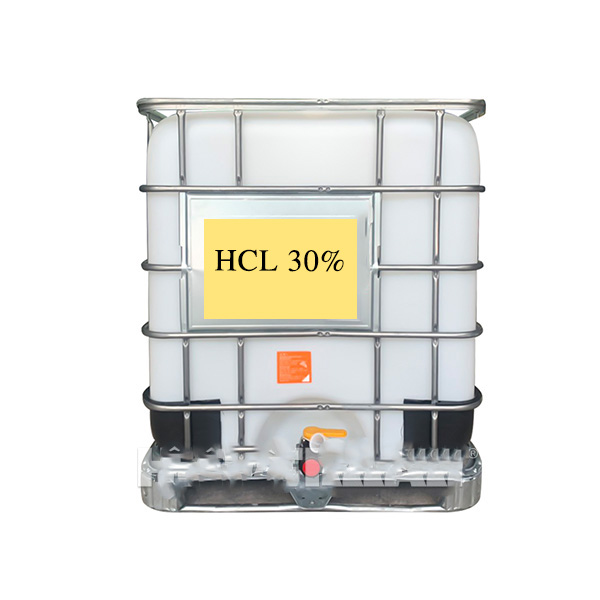
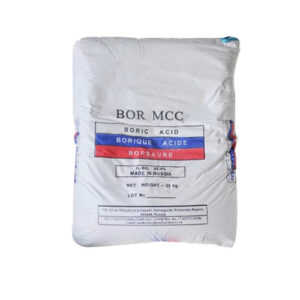
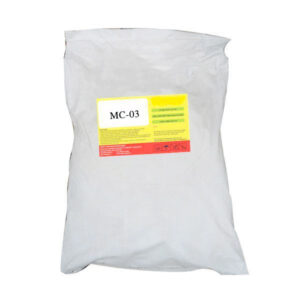
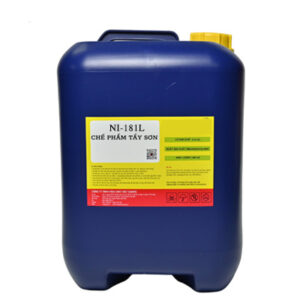
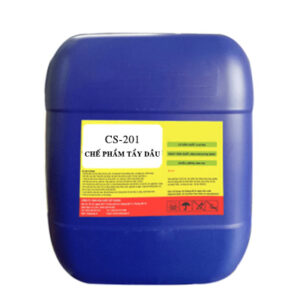
Reviews
There are no reviews yet.